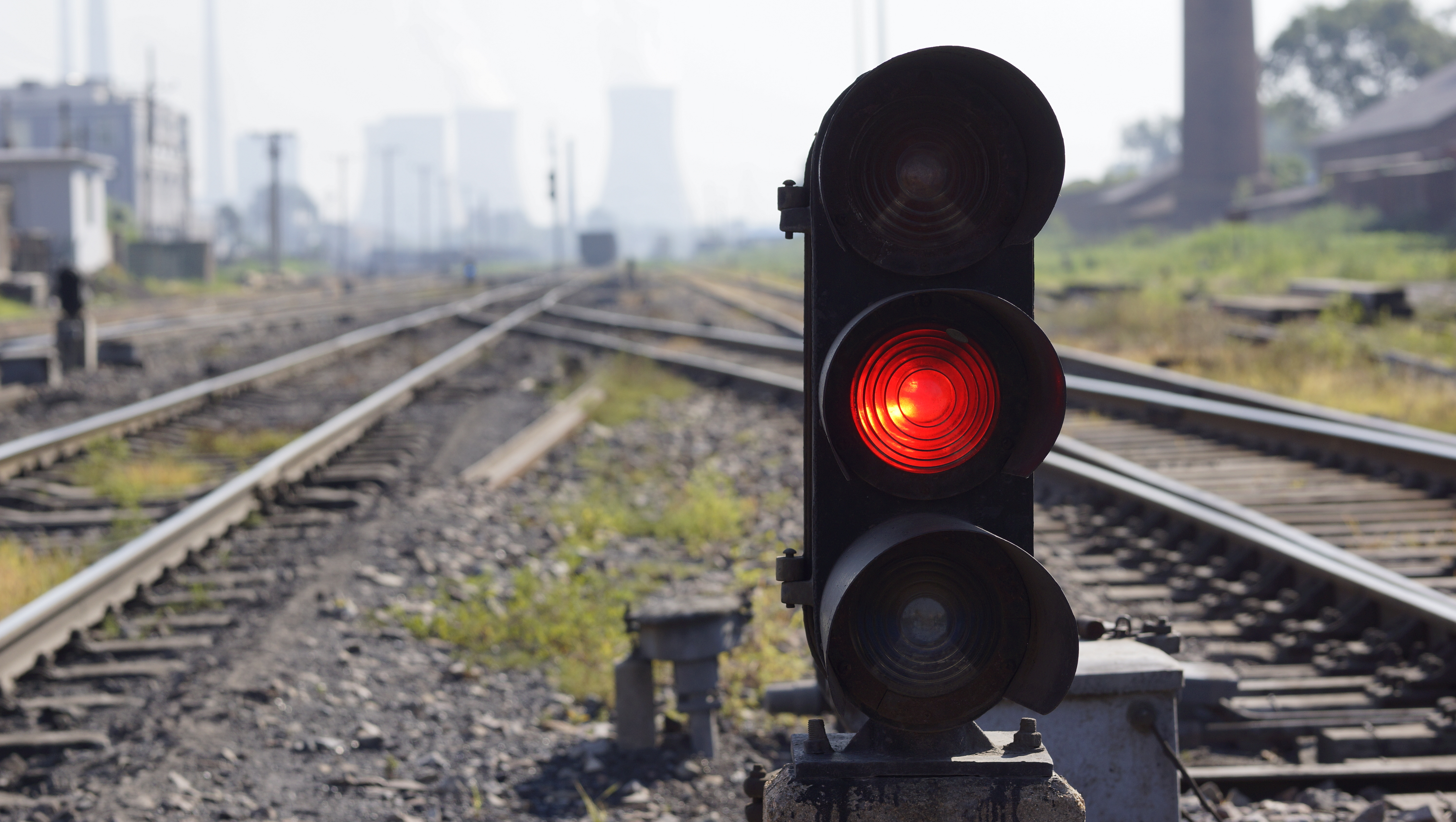Largescale underground projects such as Crossrail have been handed a significant boost thanks to new University of Bath research highlighting the feasibility of a new integrated approach to assess the structural damage of buildings.
The University of Bath-led research demonstrates how integrating satellite monitoring techniques and structural engineering procedures can provide structural engineers with a more accurate and timely way to assess and predict the likelihood of building deformations as a result of nearby underground construction.
Specifically, the researchers evaluated the potential of using highly detailed satellite monitoring, known as ‘Interferometric synthetic-aperture radar’ (InSAR) techniques to assess building deformations caused by Crossrail tunnelling in London.
This is the first time satellite monitoring has been used to provide data about the effect of tunnelling and soil-structure interaction on the deformation of buildings.
Structural monitoring is an essential aspect of every underground project in urban areas ensuring engineers are able to mitigate against the risk of damaging nearby building structures through construction. However, traditional monitoring methods are expensive and cannot provide continuous measurements over extensive built areas.
Traditional monitoring systems such as geodetic prisms and manual levelling points provide an accurate measurement of building displacements but are typically installed in large numbers only on vulnerable structures. For the majority of building on large scale projects, only few points can be constantly monitored.
In contrast, the InSAR technique has been shown to provide high resolution, day and night and weather-independent images that can be used to accurately monitor deformation at individual building level over extensive areas. This technique can also be applied retrospectively using satellite data acquired since 1991, enabling structural engineers to monitor the response of any buildings or structures which were not part of the original monitoring plan.
However, this research has shown how it is possible to integrate satellite monitoring into this process which in turn provides more accurate and up to date assessments of any potential structural concerns.
Lead researcher and Lecturer in the University of Bath’s Department of Architecture & Civil Engineering, Dr Giorgia Giardina, said:
The proposed integration between InSAR and existing structural assessment techniques offer an unparalleled tool that will not only benefit underground construction projects in the UK, but all over the world.
The use of innovative technologies to increase structural resilience in response to sprawling urbanisation and climate change will greatly contribute to the economic growth of the UK construction sector. More reliable assessment procedures can also help in defining efficient plans for the maintenance of the UK bridge network, with a strong relevance for Network Rail, English Heritage, and the National Trust.
Whilst this integrated approach isn’t currently in widespread use, the Bath researchers are hopeful that the success of this approach to date with the Crossrail project, will pave the way for widespread implementation across industry. The research team is now planning to create a fully automated procedure for the assessment of structural damage caused by natural and man-made hazards such as underground constructions, ageing infrastructures, extreme weather events.
Past president of the Institution of Structural Engineers, Fellow of the Royal Academy of Engineering and Professor of Structural Engineering at the University of Bath, Tim Ibell, commented:
Reliability and credibility of data, coupled with conversion of such data into knowledge, represent two key challenges to the use of big data for asset management in the built environment. This project tackles both simultaneously in a novel way, providing the potential for a real breakthrough in structural engineering issues.
This research was conducted in collaboration with the NASA Jet Propulsion Laboratory, Caltech; University of California, Berkeley; Purdue University; and the Italian Space Agency.
The article ‘Evaluation of InSAR monitoring data for post‐tunnelling settlement damage assessment’ is published in Structural Control and Health Monitoring, available at https://onlinelibrary.wiley.com/doi/full/10.1002/stc.2285

